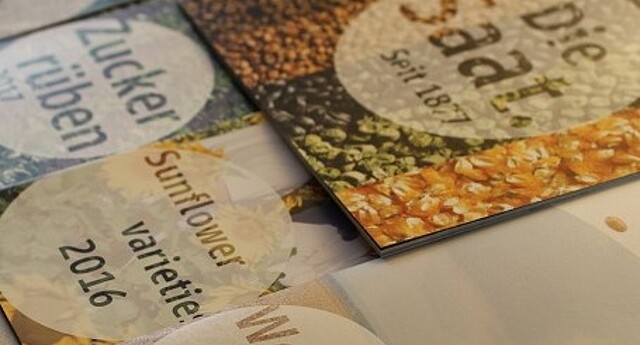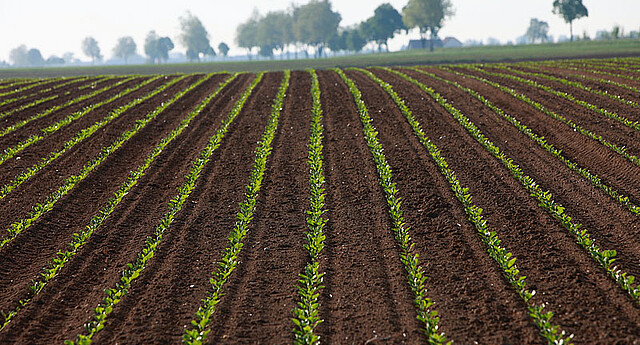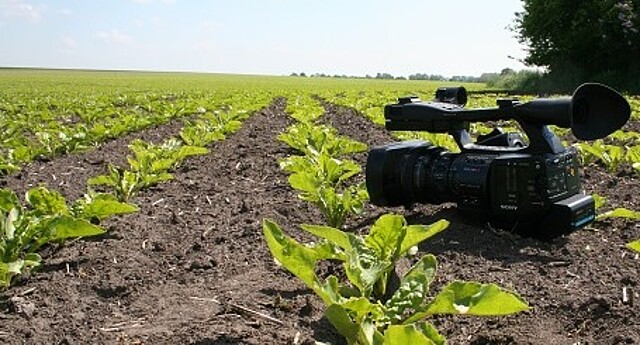It's that time again: young sugar beet plants grow out of the soil and start to develop - the starting signal for the team of the Technical Center of Seed Research at Strube. Christian Hügel, Head of the Technical Center of Seed Research at Strube, and Till Henties, Research Associate, are currently at the peak of measurements with the PhenoBob: "We carried out our first measurement at our sugar beet trial field near our headquarter in Söllingen. We started working in the field about 11 days after the trial seed was sown. Our tests are expected to be completed in about two or three weeks when the sugar beets are in rows", explains Till Henties. Currently, the trial fields at six different locations are being monitored. Despite the ongoing drought in the last months, the trial sugar beet plants have developed very well. "Due to the exact seed placement into the soil we achieve a very good and fast field emergence", notes Christian Hügel.
For the team of the Technical Center of Seed Research the current field emergence period is one of the most intensive working phases of the year. However, this is not only due to the practical measurements with the PhenoBob. This year, all sugar beet trial fields will be counted by the employees for comparative purposes. "Despite the strict safety measures that exist in the current Corona situation, it's nice that our colleagues are also going out into the field with us even during their weekend", explains Christian Hügel proudly.
Till Henties is responsible for the logistic work with the PhenoBob. "For us, the distance to the trial fields is a challenge and it requires a good coordination to keep the set-up times to a minimum", says Till Henties. It is important that as many fields as possible are measured per day.
After the tests, the data must be evaluated. An important point in the development of the PhenoBob is the constant advancement of data acquisition and evaluation. This allows an exact localisation of the plants in the field, an improvement of the distinction between sugar beet and weeds. Furthermore, it allows the possibility to monitor the leaf area of single leaves instead of the total leaf surface of a single sugar beet plant.
Since this year, the PhenoBob takes its tests in a new design: With the blue colour the robot is now also optically recognizable as an innovation of the company Strube.




